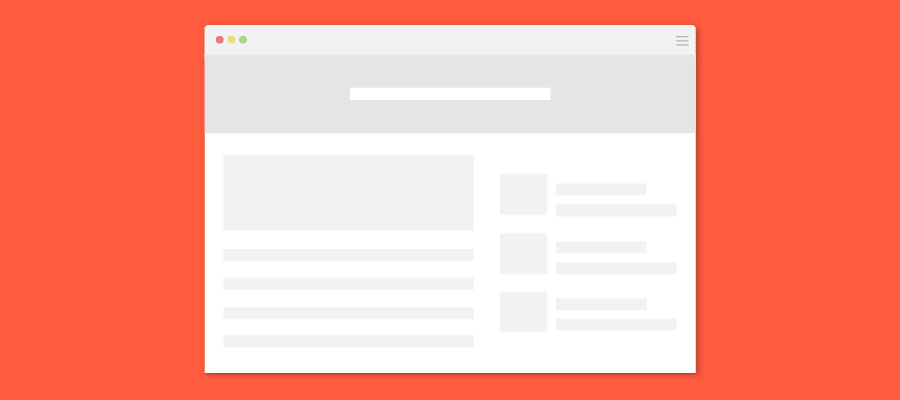
When visitors arrive, how easy is it for them to use your website?
Twenty-five years ago, usability expert, Jakob Nielsen, developed a set of general guidelines to help answer this question. Sometimes referred to as a "heuristic evaluation”, designers and usability experts use lists like these to measure how easy or hard it is to use a website.
I've paraphrased Jakob's original guidelines to list ten questions you can ask to evaluate your own website, right now. Let's get started:
1. Does your website keep things simple?
Avoid information that is irrelevant or rarely needed. Show only the text and visual elements that need to be there - no more, no less. Every additional thing competes for your visitors' attention.
2. Are users informed?
Provide feedback when something changes, such as an icon lighting up or text telling a visitor that their task was successful.
3. Are you speaking their language?
Use words, phrases, and ideas that are familiar to your audience, and avoid computer jargon that few really understand. This is important: be careful about how much you assume your visitors understand your interface, product or business.
4. Is your website consistent?
Follow established conventions when possible, and don't make visitors wonder whether different words or ideas mean the same thing.
5. Do you avoid making visitors remember things?
Make actions and options visible to visitors so they don't have to remember things from one point to another. Most people are busy, distracted, and much less invested in your website than you might like. Don't make them think.
6. Do you provide control and freedom to explore?
Is it easy to find things? If visitors make a mistake, be sure there are easy ways to go back, start over or continue a different way.
7. Do you help visitors avoid mistakes?
A thoughtful design should prevent problems from occurring by guiding visitors to success, capturing errors as they happen, and avoiding as much unnecessary complexity as possible.
8. Do you help visitors recognize and recover from errors?
Your best efforts aside, to err is human. If visitors make mistakes, use plain language to explain what happened and how they can successfully complete whatever they were trying to do.
9. Is your help...helpful?
Ideally visitors shouldn't need to use documentation to successfully use your website, but sometimes it's necessary to provide help or customer support. Make these resources easy to find, read, and search. Focus on the most important things your
visitors are trying to do.
10. Does your website grow with your visitors?
Your site should be easy for new and novice visitors, but also scale to speed up the experience for expert users - ideally in ways that are invisible to the new folks. Allow visitors to customize as they go, in ways that flow naturally with the
experience.
The suggestions above will help your visitors use your website more easily, resulting in a better overall experience. Happier customers will tend to spend more time engaging with your website, which will help you get closer to your business goals.
I hope you found this list useful and I encourage you to check out Jakob Nielsen's original list, where you can find many other resources for design and research.
